Muslims: Bio-Cultural Perspective
The work aims to answer the question of bio-cultural identity of Muslim from exclusively anthropological perspective. The concept prevailing currently and accepted by the native population dichotomizes Muslims. Those who came and settled in India during the various invasion and historical migrations constituted one group while the other group was believed to be formed by mass conversions of the local Hindu populations of a comparatively lower order in the caste hierarchy. Based on this, a clear line of distinction was drawn between ‘shurfa’ and ‘nau-Muslim’ and non Muslim elements present in the Indian sub-continent. The ‘shurfa’ was believed to comprise Shiekhs of Arabia, Sayyads of Persia and Moghuls and Pathans of the Persian Gulf and north-western frontiers. While ‘nau-Muslims’ were accepted to be drawn from innumerable occupational Hindu groups, Pathans being from our immediate neighbourhood represents a true picture of racial entity, whereas Moghuls being numerically negligible do not form a statistically sizable population to conduct research and derive any inference. From historic times Moghuls have been widely referred to and described as being the ruling family. That is the only evidence we have of Moghuls and a few families of Delhi who claim to be their descendants.
Get it now and save 10%
BECOME A MEMBER

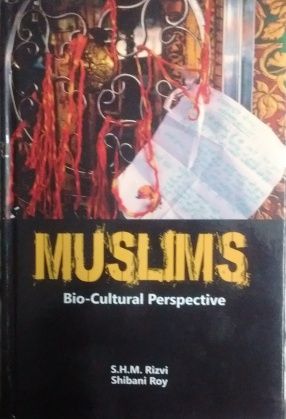
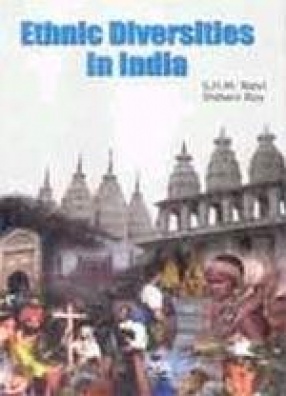

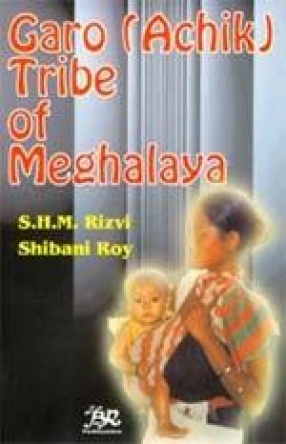
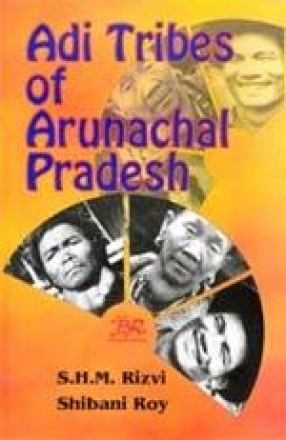
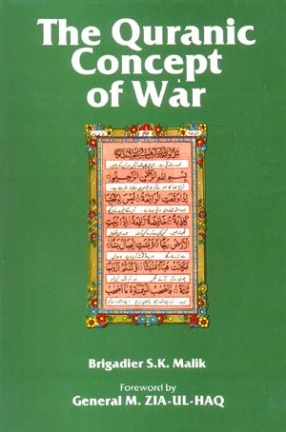
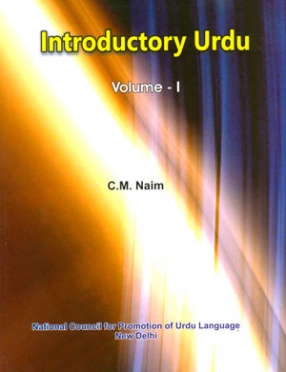
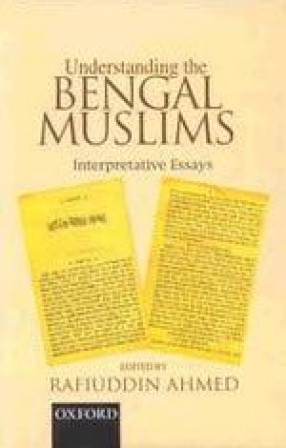

Bibliographic information
Shibani Roy